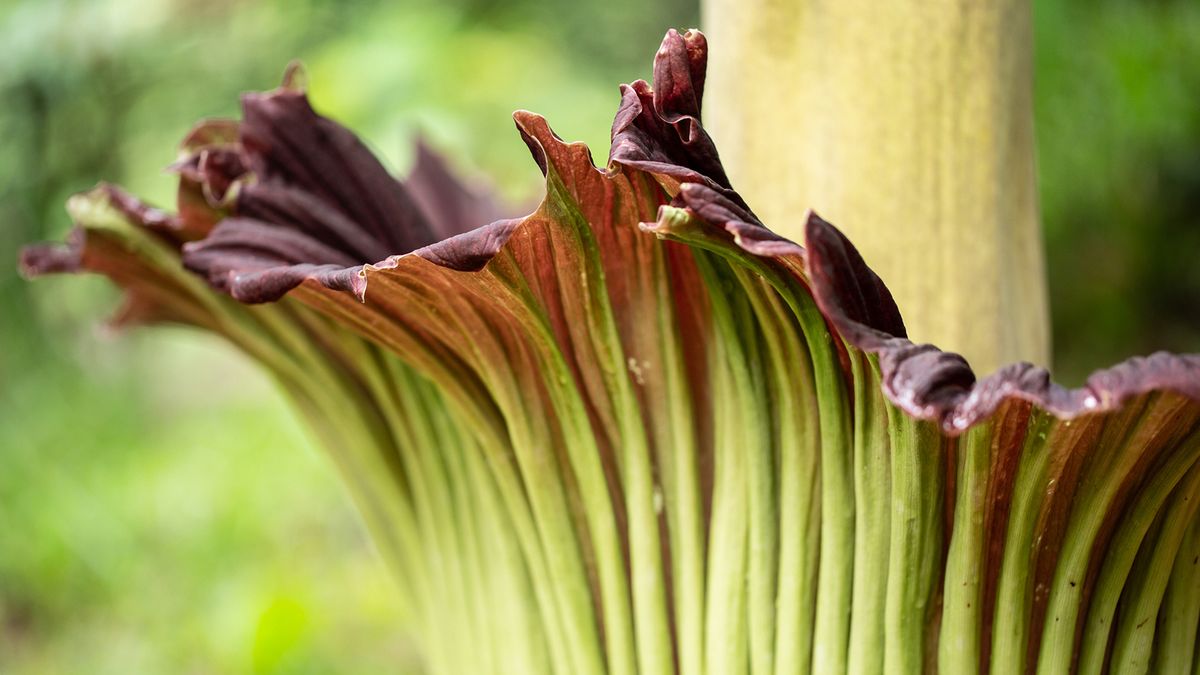The plant’s native forest habitat is shrinking due to oil palm plantations and deforestation — and rare corpse flower blooms mean the species isn’t doing itself any favors. To preserve this unique plant, botanic garden conservation efforts focus on growing living plants in controlled environments.
Many botanic gardens, such as the Royal Botanic Gardens, house specimens to protect the gene pool and allow cross-pollination between two plants that may have previously bloomed at different times.
Because this rare corpse flower takes years to bloom, studying its growth in botanical gardens is crucial. When the spathe begins to unfurl and the plant grows a new leaf, researchers track its progress to predict when the next peak bloom will occur.
We created this article in conjunction with AI technology, then made sure it was fact-checked and edited by a HowStuffWorks editor.











